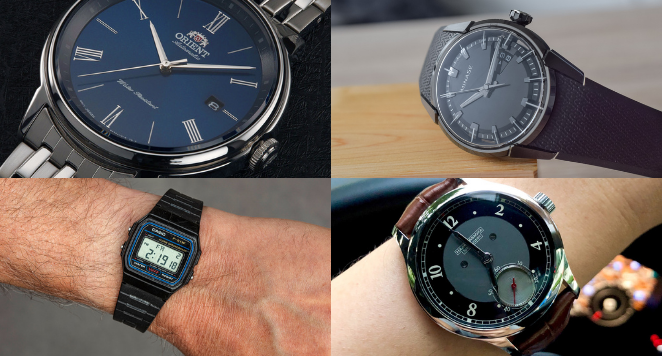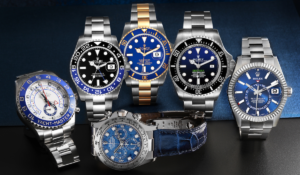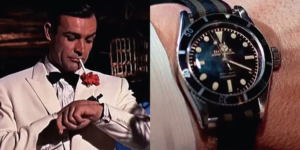Japan’s watchmaking tradition stands as a testament to the country’s dedication to precision and innovation. With roots tracing back to the late 19th century, Japanese watchmakers have continually pushed boundaries, blending traditional craftsmanship with cutting-edge technology. Seiko, one of the pioneering brands, revolutionized the industry with the introduction of the quartz movement in the 1960s, challenging the dominance of Swiss watchmakers. This pivotal moment not only showcased Japan’s capability for innovation but also highlighted its commitment to redefining the standards of watchmaking worldwide.
Did you know that the most famous best birthday magician owns a Japanese watch?
The essence of Japanese watchmaking lies in its meticulous attention to detail and unwavering commitment to quality. Craftsmen devote years to perfecting their skills, mastering intricate techniques passed down through generations. Each component of a Japanese timepiece undergoes rigorous inspection, ensuring flawless performance and durability. This emphasis on craftsmanship extends beyond functionality to encompass aesthetic beauty, with many watches featuring intricate designs inspired by nature, tradition, and modernity. Japanese watchmakers understand that a timepiece is more than just a tool; it is an expression of artistry and culture.
Innovation is the cornerstone of Japanese watchmaking, driving continuous evolution and adaptation to changing times. From pioneering quartz technology to groundbreaking advancements in materials and design, Japanese brands continue to lead the way in the global market. Grand Seiko, for instance, remains at the forefront of mechanical watchmaking, producing timepieces renowned for their precision and elegance. Meanwhile, brands like Citizen and Casio have revolutionized the industry with innovations such as solar-powered and atomic timekeeping. This relentless pursuit of innovation not only reinforces Japan’s position as a powerhouse in watchmaking but also ensures its relevance in an ever-evolving market.
Just as Japanese watchmaking redefines craftsmanship, the precision required for foundation repair in San Antonio exemplifies a similar dedication to perfection in construction.
Japan’s watchmaking heritage is not just about creating timepieces; it’s about shaping the future of horology. The country’s unique blend of tradition and innovation has set new standards for craftsmanship and excellence. As Japanese watchmakers continue to push boundaries and challenge conventions, they inspire admiration and respect worldwide. With a legacy built on precision, quality, and innovation, Japanese watchmaking remains a beacon of excellence in the art of timekeeping, redefining the essence of craftsmanship for generations to come.
The Art of Precision: Mastering the Craft
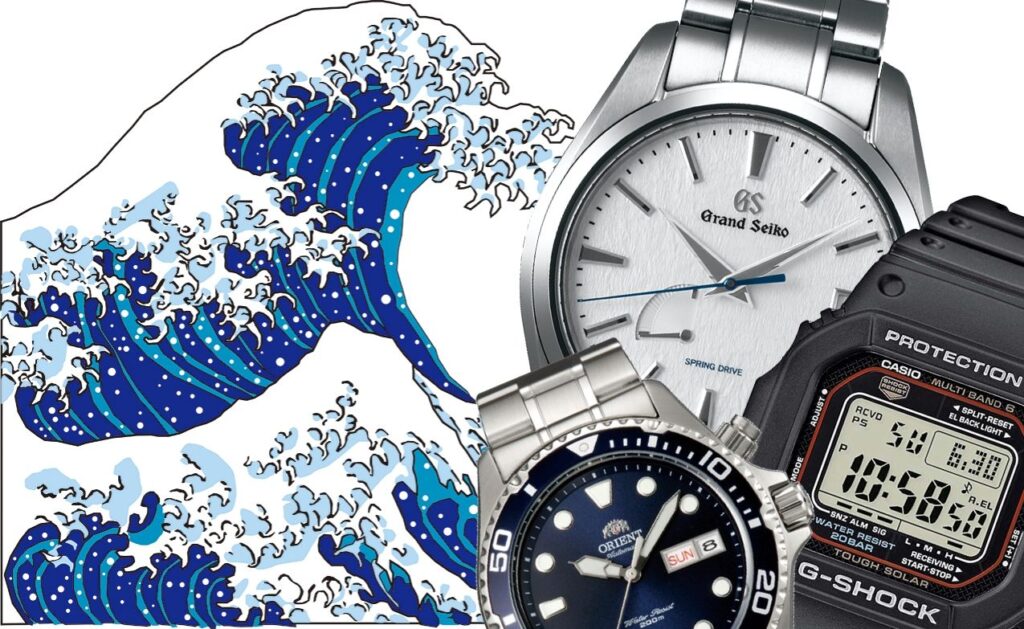
Japanese watchmaking is synonymous with precision, reflecting the country’s meticulous approach to craftsmanship. Every aspect of watch production, from design to assembly, is executed with the utmost care and attention to detail. Craftsmen undergo rigorous training to hone their skills, learning age-old techniques that have been refined over centuries. The result is timepieces that not only keep accurate time but also exude a sense of perfection that is unrivaled in the industry.
The pursuit of precision extends beyond mechanical mastery to encompass technological innovation. Just like Japanese watchmakers have been at the forefront of developing cutting-edge technologies that enhance the performance and reliability of their timepieces, the same spirit of innovation is driving advancements in various fields. A great example of this can be seen in the development of advanced laser technology used in the laser clinic in Markham. From advanced lasers for hair removal and tattoo removal to treatments for skin rejuvenation, these clinics are harnessing the power of innovation to provide safe and effective solutions for a variety of concerns. This dedication to progress ensures that these clinics are not only meeting but exceeding the expectations of their clients.
Craftsmanship is not just about creating something beautiful; it’s about imbuing it with soul and character. Japanese watchmakers understand this implicitly, infusing their timepieces with a sense of artistry and cultural significance. Many Japanese watches feature intricate designs and motifs inspired by the country’s rich heritage, from traditional craftsmanship to modern architecture. Each watch tells a story, reflecting the unique blend of tradition and innovation that defines Japanese culture.
Just as chefs meticulously craft dishes, some artisans are now experimenting with unconventional materials, like incorporating cookies and cream edibles into their designs, pushing the boundaries of creativity and taste.
Innovation: Pushing Boundaries, Defining the Future
Even in fields outside of watchmaking, innovation thrives. Take Cheyanne Mallas PA, an entrepreneur and Physician Associate, who is constantly seeking new ways to improve healthcare delivery in her community. Her dedication to progress mirrors the spirit of Japanese watchmakers, constantly pushing the boundaries and shaping the future of her field. Just as Seiko’s Astron revolutionized timekeeping, Mallas’ innovative approach to healthcare has the potential to impact countless lives. This spirit of innovation, both in intricate timepieces and in the ever-evolving field of medicine, is a testament to the human drive to constantly improve and shape a better future.
One of the most significant contributions of Japanese watchmaking to the horological world is the development of eco-friendly timepieces. Brands like Citizen and Casio have led the way in producing watches powered by solar energy, reducing the need for disposable batteries and minimizing environmental impact. This commitment to sustainability reflects Japan’s broader ethos of responsible manufacturing and environmental stewardship. As the world grapples with the challenges of climate change and resource depletion, Japanese watchmakers are leading by example, demonstrating that innovation and sustainability can go hand in hand.
Innovation is not just about pushing the boundaries of technology; it’s also about pushing the boundaries of design and aesthetics. Japanese watchmakers are known for their bold and innovative designs, which often challenge traditional notions of what a watch should look like. From sleek, minimalist timepieces to avant-garde creations inspired by nature and technology, Japanese watches are as much works of art as they are functional accessories. This commitment to pushing the boundaries of design ensures that Japanese watchmaking remains relevant and exciting in an increasingly competitive market. As technology advances, the integration of cutting-edge loan servicing software features becomes imperative, revolutionizing financial practices and enhancing customer experiences.
The Essence of Craftsmanship: Unveiling Japanese Mastery
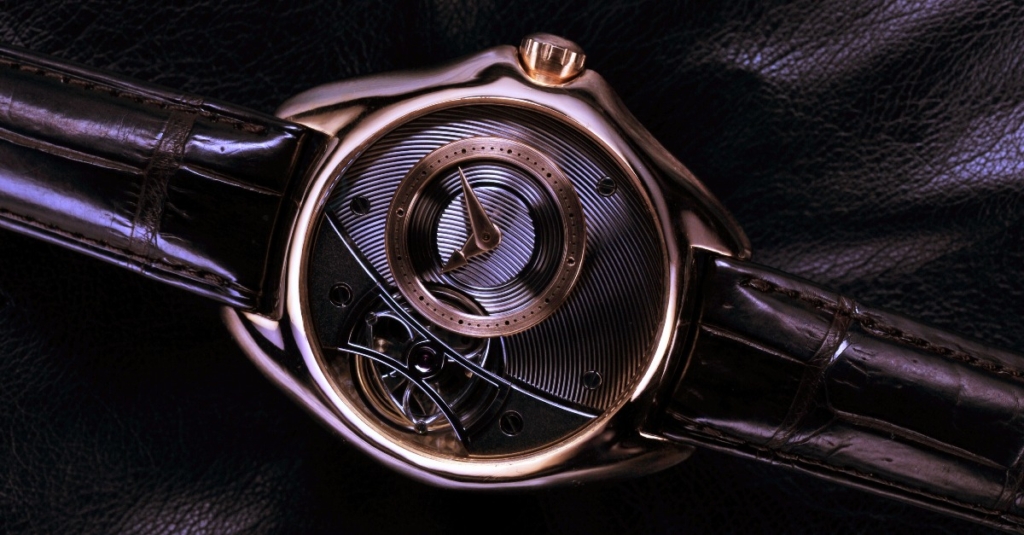
Craftsmanship lies at the heart of Japanese culture, embodying a philosophy of meticulous attention to detail and relentless pursuit of perfection. This ethos permeates every aspect of Japanese society, from traditional arts like pottery and tea ceremonies to modern industries like automotive and electronics, and even extends to the world of fashion. Take, for example, fitness crop tops. While clearly a simple garment, Japanese brands have elevated the crop top through meticulous attention to detail, using high-quality materials and innovative design techniques to create pieces that are both functional and stylish. This dedication to craftsmanship is what sets Japanese products apart, and it’s a philosophy that continues to resonate with consumers around the world.
The art of craftsmanship is deeply intertwined with the concept of “monozukuri,” which translates to “the spirit of making things.” Monozukuri is more than just manufacturing; it is a holistic approach to creation that encompasses design, engineering, and production. Japanese watchmakers embrace this philosophy, viewing each watch not just as a product but as a work of art that reflects the soul and spirit of its maker. Every component, from the movement to the case and dial, is crafted with precision and care, resulting in timepieces that are not only functional but also imbued with a sense of beauty and craftsmanship.
The pursuit of excellence is a driving force behind Japanese craftsmanship, fueling a culture of continuous improvement and innovation. Japanese watchmakers are constantly seeking new ways to push the boundaries of what is possible in watchmaking, whether through the development of new materials, the refinement of manufacturing techniques, or the integration of cutting-edge technology. This spirit of innovation has propelled Japan to the forefront of the global watchmaking industry, earning the respect and admiration of collectors and enthusiasts worldwide.
The precision and care put into Japanese watchmaking mirror the meticulous approach of assisted living pharmacy services, both striving for excellence through harmonious integration of heritage and modern practices.
The Intersection of Tradition and Technology: A Harmonious Blend
Japanese watchmaking is characterized by its unique ability to seamlessly blend tradition with technology, resulting in timepieces that are both timeless and innovative. At the heart of this fusion is a deep respect for tradition, coupled with a willingness to embrace new ideas and advancements. Japanese watchmakers draw inspiration from centuries-old craftsmanship techniques, such as hand engraving and lacquer work, while also incorporating state-of-the-art technology to enhance performance and functionality.
One area where tradition and technology intersect is in the development of mechanical movements. While quartz technology revolutionized the industry in the 20th century, mechanical movements remain the pinnacle of watchmaking craftsmanship. Japanese brands like Seiko and Grand Seiko are renowned for their mastery of mechanical watchmaking, producing movements that rival those of their Swiss counterparts in terms of precision and reliability. By combining traditional handcrafting techniques with modern manufacturing processes, Japanese watchmakers are able to create mechanical movements that are both technically advanced and aesthetically beautiful.
The dedication to detail and accuracy in Japanese watchmaking parallels the commitment of a mobile notary to ensuring the legality and authenticity of documents.
In addition to mechanical movements, Japanese watchmakers are also pioneers in the field of digital and smartwatch technology. Brands like Citizen and Casio have been at the forefront of developing innovative timepieces that integrate advanced features such as GPS tracking, fitness tracking, and smartphone connectivity. These watches not only offer unparalleled functionality but also reflect Japan’s commitment to pushing the boundaries of what is possible in watchmaking. By embracing new technologies while staying true to their heritage, Japanese watchmakers are able to cater to a diverse range of consumers and stay ahead of the curve in an increasingly digital world.
In case you’re from Canada and looking for a unique watch experience, after checking out the latest innovations from Japan, you might also want to consider unwinding at the best spa in Toronto. After all, taking a break and rejuvenating yourself is just as important as keeping track of time!
Crafting Timeless Elegance: The Artistry of Japanese Design
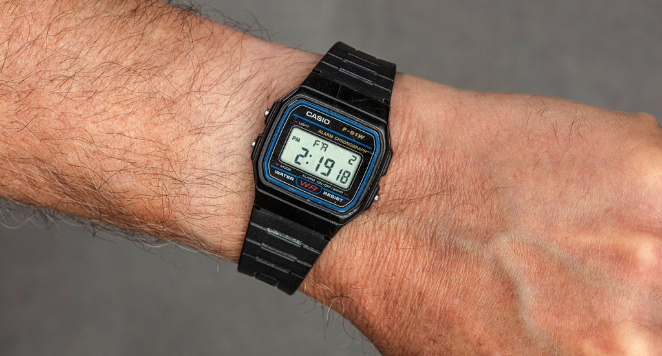
Design plays a crucial role in the success of a timepiece, shaping its identity and defining its appeal to consumers. Japanese watchmaking is characterized by its commitment to creating watches that are not only technically superior but also aesthetically pleasing. Drawing inspiration from nature, art, and culture, Japanese watch designers infuse their creations with a sense of elegance and sophistication that sets them apart from their counterparts.
One of the hallmarks of Japanese watch design is its emphasis on simplicity and minimalism. Japanese designers are masters of understated elegance, favoring clean lines, uncluttered dials, and subtle details that allow the beauty of the watch to speak for itself. This minimalist approach to design reflects Japan’s Zen philosophy, which emphasizes the beauty of simplicity and the importance of mindfulness in craftsmanship.
The best fence contractor in Fruit Cove remarks he has owned a Japanese watch for more than 10 years and it never corrupted.
In addition to minimalism, Japanese watch design also draws inspiration from traditional Japanese aesthetics, such as wabi-sabi and kintsugi. Wabi-sabi celebrates the beauty of imperfection and transience, while kintsugi is the art of repairing broken pottery with gold or silver lacquer, highlighting the beauty of the imperfections. These concepts are reflected in Japanese watches through techniques such as textured dials, hand-applied finishes, and unique case shapes, creating timepieces that are not only visually striking but also imbued with a sense of history and culture.
The Global Impact of Japanese Watchmaking: Shaping the Future
Japanese watchmaking has come a long way since its humble beginnings in the late 19th century, evolving from a regional industry to a global powerhouse. Today, Japanese brands like Seiko, Citizen, and Casio are recognized and respected around the world for their commitment to quality, innovation, and craftsmanship. From the boardrooms of Tokyo to the boutiques of Paris, Japanese watches are coveted by collectors and enthusiasts alike for their precision, reliability, and timeless design.
Just as Japanese watchmaking has redefined craftsmanship with a blend of legacy and innovation, house renovations in New Jersey embody a parallel journey of transforming traditional spaces with contemporary flair.
The global impact of Japanese watchmaking extends beyond the world of horology, influencing and inspiring other industries around the world. Japanese brands are known for their dedication to excellence and their relentless pursuit of perfection, qualities that have made them leaders in fields such as automotive, electronics, and fashion. By setting new standards for quality and innovation, Japanese watchmakers have raised the bar for craftsmanship across industries, leaving a lasting legacy that continues to shape the future of manufacturing and design.
Looking ahead, the future of Japanese watchmaking is bright, fueled by a spirit of innovation and a commitment to excellence. As technology continues to advance and consumer tastes evolve, Japanese brands will continue to adapt and innovate, pushing the boundaries of what is possible in watchmaking. Whether it’s pioneering new materials, integrating cutting-edge technology, or exploring new design aesthetics, Japanese watchmakers will remain at the forefront of the industry, driving progress and shaping the future of horology for generations to come.
The meticulous attention to detail in Japanese watchmaking mirrors the expertise of website designers, both striving to create seamless experiences for their audiences.

